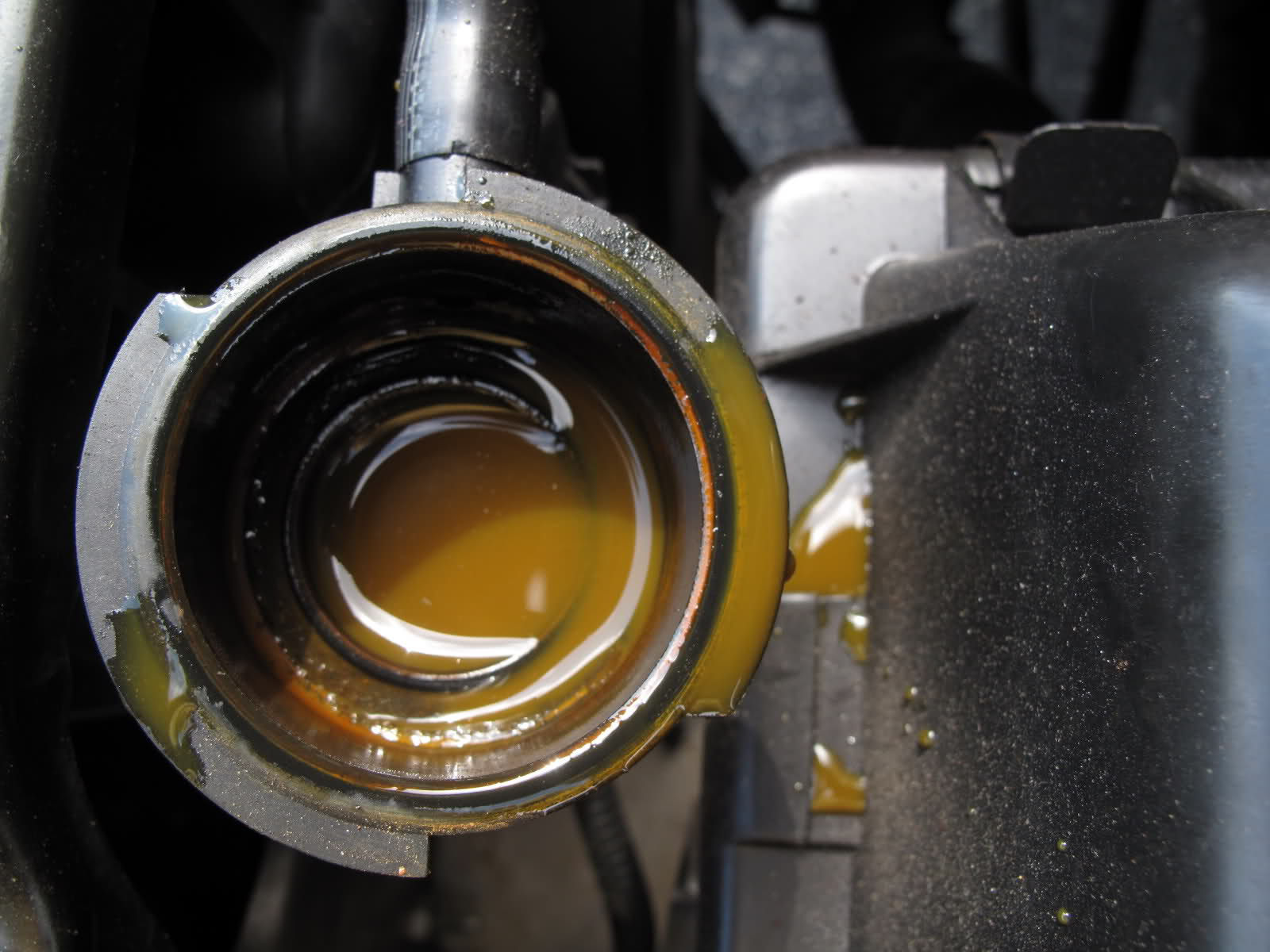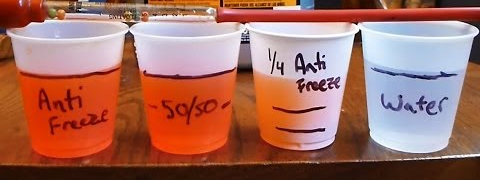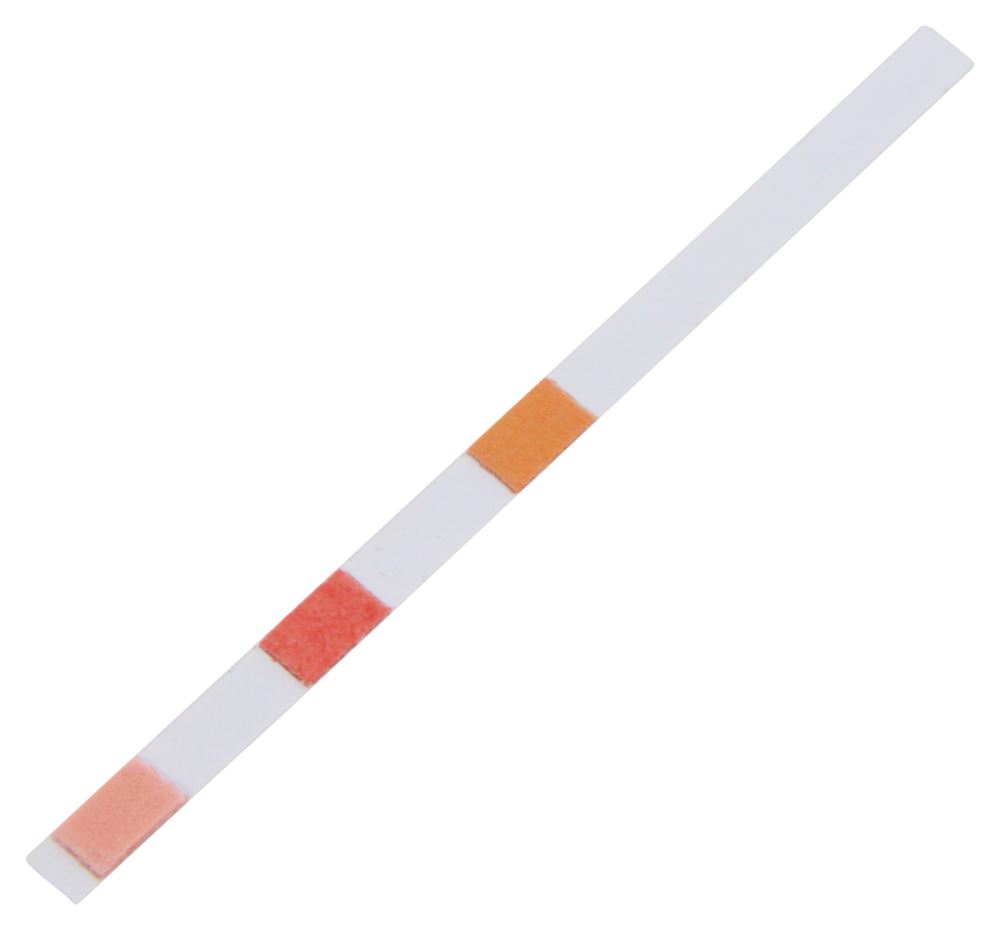- #granvilleoils #tradeshow #motortradeshow 1
- 0w/20 1
- A Bit Of Fun 3
- Abro 1
- Additive Packs 1
- Additive tanks 1
- Aftermarket 4
- Air Conditioning 4
- Animated Cars 1
- Antifreeze 9
- Article 2
- Auto Express 1
- Automatic Transmission 2
- Automechanika 7
- Automotive 35
- Autosol 3
- Autumn 2
- award 1
- Awards 2
- Baring 2
- blow moulding 1
- bottle 2
- bottles 1
- Brake Fluid 1
- Brakes 2
- Brand Focus 2
- Brands 1
- brochure 2
- business 1
- C3 2
- C4 1
- Capacity 1
- Car Wash 5
- carcare 2
- carcleaner 1
- carinterior 1
- Cars 5
- Catalogue 3
- Chemical 7
- chemical plant 1
- Cleaners 1
- Cleaning 10
- cockpit shine 1
- cockpitshine 1
- Cold Weather 4
- company 1
- company brochure 1
- Coolant 5
- Corporate 5
- cutting-edge 1
- design 4
- Dexos 1
- dubai 2
- dv5r 1
- eb2dt 1
- emergency puncture repair 1
- engine oil 3
- ep 1
- EV 1
- evolution 1
- exhibitions 2
- Facts 6
- Favourite Cars 1
- Flunkey 1
- Frankfurt 3
- FS 1
- fs pc 1
- fs rn 1
- Fuel 1
- Garden 1
- Gear Oil 3
- Germany 3
- Granville 10
- Granville bottles 1
- Granville brochure 1
- Granville catalogue 1
- Granville new tanks 1
- Granville Oil 42
- Granville Oil tanks 1
- Granville Oils 2
- Granville Oils Site 1
- Granville tank farm 1
- Granville tyre repair 1
- granvilleoil 4
- graphic 1
- Grease 2
- Gunk 1
- History 1
- homepage 1
- Hypalube 4
- identity 1
- ISO 14001 1
- James Bond 1
- James Holland 1
- logo 1
- Lubricant 18
- lubricants 2
- lubricating oils 1
- Machinery 2
- madeinuk 1
- Maintenance 20
- Manual Transmission 3
- manufacturing 1
- Mechanic 3
- mid saps 2
- motor 2
- Motor Factor 2
- Motor Oil 22
- motoring 3
- Motoring Problems 16
- mtf 1
- new engine oil 1
- new fully synthetic oil 1
- new Granville product 2
- new logo 1
- new packaging 1
- New Product 9
- new products 1
- NGLI 1
- Nova Car Care 3
- Nürburgring 1
- OEM 3
- oil 3
- packaging updates 1
- Paint 1
- Pets 1
- plastic 1
- PMF 1
- Polish 1
- Powertron Ultra 1
- premium oils 1
- product 2
- Product Feature 4
- Product Release 8
- production 1
- Products 3
- profinish 1
- puncture repair product 1
- Rain X 2
- Range 1
- rebrand 2
- rebranding 1
- recruitment 1
- refresh 1
- RN17 FE 1
- Screen Wash 1
- Screenwash 1
- September 2
- Show 1
- Sintron 1
- smartphone 1
- Spring 1
- staff 1
- stop start 1
- Summer 2
- tank farm 1
- tanks 1
- team 1
- Technical 22
- technolube 1
- Trade Show 5
- transmission 1
- Transmission Fluid 6
- Turtle Wax 4
- TV Cars 1
- tyre aid 1
- Tyre Safety 1
- Universal 1
- upgrade 1
- Valeting 9
- Veedol 10
- Veedol OEM 1
- Ventilation 1
- Wax 1
- website 2
- Windscreen 3
- Winter 3
- workmilestone 1
- 2024
- Dec 2
- Oct 2
- Sep 2
- Jun 3
- May 2
- Apr 6
- Jan 1
- 2023
- Dec 1
- Sep 1
- Jul 2
- Mar 4
- 2022
- Nov 2
- Oct 1
- Sep 1
- Aug 1
- Apr 1
- Feb 1
- Jan 1
- 2021
- Nov 1
- Aug 1
- Apr 1
- Mar 1
- Feb 1
- 2020
- Sep 2
- Jun 1
- May 1
- Mar 1
- Jan 1
- 2019
- Oct 1
- Sep 2
- Jun 1
- May 1
- Apr 1
- Mar 2
- Feb 2
- 2018
- Dec 1
- Sep 2
- Aug 1
- Jul 1
- May 1
- Apr 1
- Mar 1
- Feb 1
- Jan 1
- 2017
- Jul 2
- Jun 2
- Feb 2
- Jan 2
- 2016
- Dec 2
- Nov 2
- Jul 4
- Jun 5
- May 3
- Mar 2
- Feb 3
- Jan 2
- 2015
- Nov 1
- Oct 3
- Sep 1
- Aug 2
- Jul 4
How To Tell If Your Antifreeze Needs Changing
Before you set about checking the health of your antifreeze it is important to bare in mind that different vehicles will have different expected lifespans on any fluid that goes into the vehicle. Your user manual should give you a guide as to when you can expect to need to change your antifreeze but it is a good idea to check up on the health of the fluid when you check if it needs a top-up, something you should be inspecting every three months or so.
The Visual Test
The easiest way to tell if your antifreeze needs changing is by checking the colour of the fluid. Fresh antifreeze is a clear brightly coloured liquid, usually blue, red, green, violet, yellow or orange but this will vary depending on the manufacturer's formulation. Over time, your coolant will become dirty losing its colour and becoming darker, often an oxidized shade of brown. There may also be debris floating about in the antifreeze in the form of rust or carbon. You should consider changing the liquid if the antifreeze has a muddy colour or consistency; has noticeable amounts of debris in it; or has an oily layer on the surface of the liquid.

src: imgur.com
The Dilution Test
It is important to top up your antifreeze at the recommended intervals specified in your user manual or when required if you check the levels in your vehicle during a fluid check. How you top up your antifreeze can have an impact on the lifespan of the fluid in your reservoir. You should be making sure that when you top up you are using the correct dilution of antifreeze to water as recommended in your manual. If you are in the habit of topping up your antifreeze with plain water on a regular basis then the dilution rate of the fluid in your reservoir will provide less effective protection for your engine. Similarly, if you have solely topped up with undiluted antifreeze then this will also have consequences for its effectiveness.

src: chrisfix @ Youtube
If your antifreeze looks like it has been watered down too much, or if you know that you have upset the dilution ratio in your tank over time then you should also consider changing your antifreeze.
The pH Test
Antifreeze is an alkali and if it is fresh then it will have a pH of 8.5-10. As the fluid deteriorates over time this has a tendency to become acidic which, if left unchecked, will cause damage to your engine - particularly the seals and gaskets, potentially leading to leaks. A litmus test or a pH test will tell you if the antifreeze in your vehicle is too acidic.

src: imgur.com
The most important thing to remember is that every vehicle is different and as a result your antifreeze will deteriorate at a different rate to someone else's vehicle. This is why regular inspections of your vehicle's fluid is recommended so that you have a good feeling for what is 'normal' for your system.
-- This article is for general information only and should not be used as a diagnostic tool. Always consult your user manual before attempting any sort of maintenance work on your vehicle. If in doubt seek a professional mechanic's advice.
Article first published Tuesday 7th Jun 2016 10:30:00